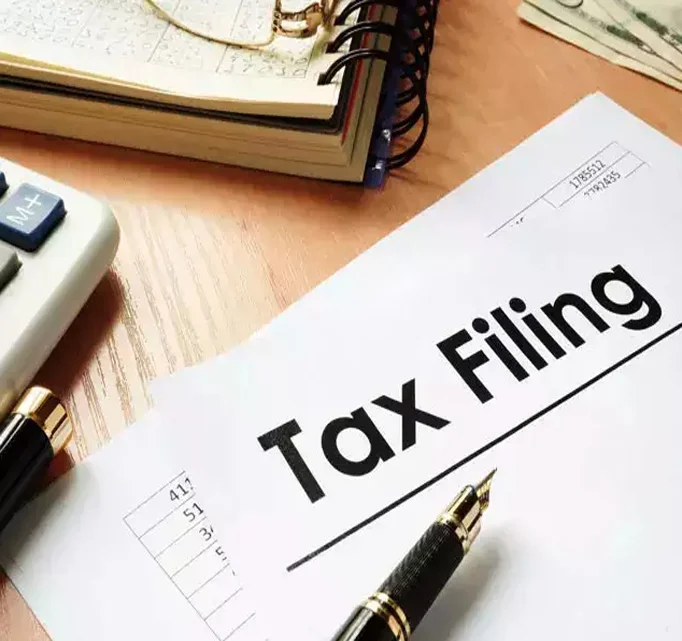For a lot of people and small businesses, self-assessment tax returns can seem challenging; many deadlines, endless paperwork, and complex rules can make you needlessly anxious. But with proper planning (you can take steps to improve everything), you can make it easier (not necessarily easy, but more manageable) and even straightforward. With early planning, proper record-keeping, and by using a range of digital tools to help, taxpayers can feel competent enough to submit the forms without worrying about mistakes at a once very busy time of the year.
1. Get a Head Start to Avoid Last-Ditch Efforts
A significant reason why many people stress about filing their tax returns is procrastination. When the tax return filing date is imminent, it always results in sloppy returns and often mistakes. When you can start early, you also provide yourself some time to gather all your documentation and make sure you’ve done it right your first time through your records or ask an expert for their help, if needed. HMRC will have nearly all self-assessments available well in advance of deadlines, so if you want to be first in the queue, you can at least start your planning to hopefully avoid procrastination.
2. Keep Records Well-Organized Throughout the Tax Year
Good record-keeping is an essential part of being able to file a tax return on time. If you regularly keep your receipts, invoices, or expenses (nice and neat bills) during the year, you also won’t have to panic in January because you now have to find your receipts and other paperwork you “could have sworn you had kept.” There is a myriad of record-keeping options (including mobile apps) available now, which can help you keep your paperwork secure (and all too easy to make mistakes).
3. Understand Allowable Expenses
One major perk of self-assessment for those who are self-employed is the ability to claim expenses. However, it is very easy to get confused and make mistakes regarding which expenses you can claim and which ones you cannot. Common examples of expenses are business travel, stationery, and certain utility bills. It’s always worth reviewing HMRC guidance (or speaking to a professional) to ensure expenses are claimed correctly.
4. Utilize Digital Tools and Resources Available Through HMRC
For most people, filing online is now a mainstream and, importantly, an easy way to file. HMRC’s digital portal will take you through the process step-by-step, including what to complete, if relevant calculations are necessary, and reminders for filing. Utilizing accounting software will also provide an easy way to manage this process, with connections to bank accounts and reports to be accurately produced. Digital systems reduce manual entry of timesheets and payroll, resulting in erroneous claims or simple mistakes being minimized and reducing time spent completing the information.
5. Verify Figures Have Been Checked Before Submitting
Mistakes in reporting for your self-assessment can lead to issues with filing. Thus, there is value in checking everything before submitting, especially when it comes to a number; an incorrect amount could potentially delay the processing of your account or lead to penalties! a good idea to cross-check reported figures to what is in bank statements, payslips, and business accounts.
6. Be Aware of Deadlines and Penalties
Consequences of not submitting a self-assessment in the UK lead to automatic penalties whether or not there is tax to pay. Usually, in the UK the self-assessment tax return deadline is the 31st of January for online submissions. It is therefore a good idea to note this date and any reminders for submitting on your calendar; reminders can help lessen the chances of missing your submission or filing deadline.
7. Seek Professional Help When Needed
Although many people complete their tax returns themselves, complications in their tax situation—more than one stream of income, earning money worldwide, large deductions—may require the use of the services of either an accountant or a tax advisor. Even for those with complex situations, using professional services to save time and keep it compliant can also help to point out savings that an individual may not have been able to see.
8. Plan Ahead for Payments
In addition to filing the return, many people will have payments due at the same time. Setting aside some funds regularly throughout the year will stop the sudden financial pressure of a large payment. There are also payment plans available through HMRC for those struggling with cash flow.
Submitting your self-assessment does not have to be a stressful experience. If you start early in the process, stay organized, utilize technology effectively, and understand the main rules, it can be a straightforward process. For those who have paradoxically complicated tax affairs however, seeking professional assistance can provide valuable peace of mind. Preparing and being well organized are ultimately your best tools to experience taxation with less stress and to ensure you are on the right side of HMRC.

